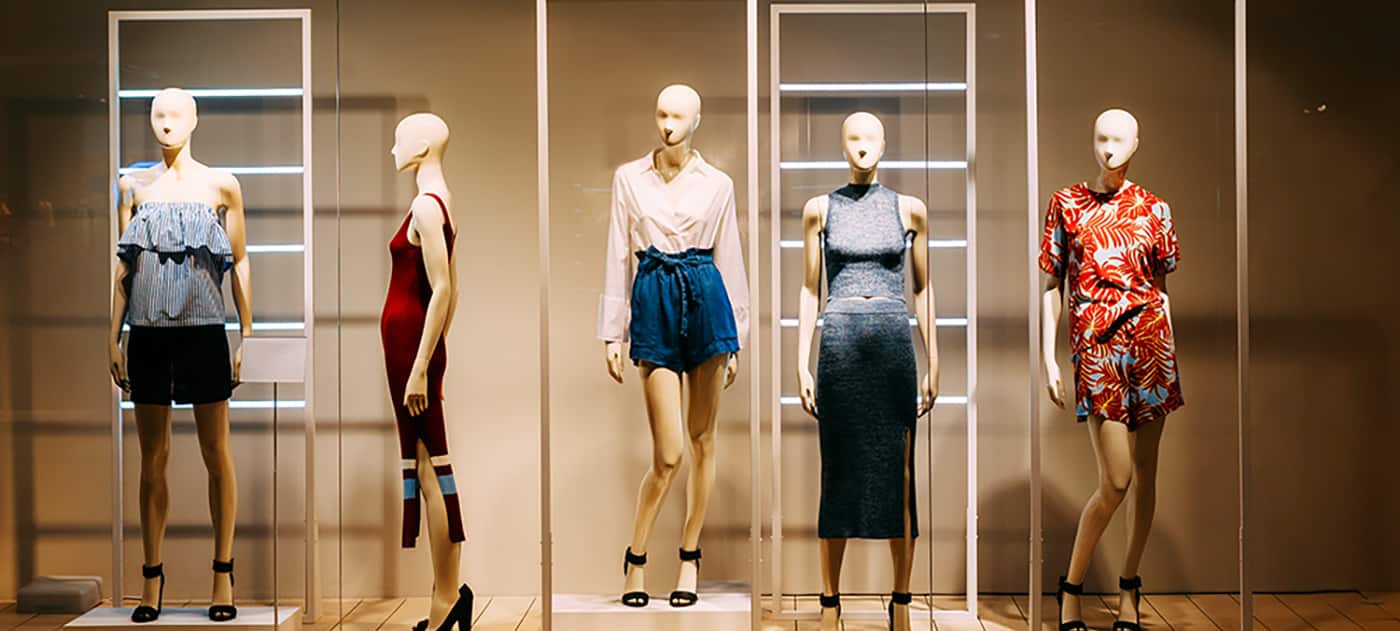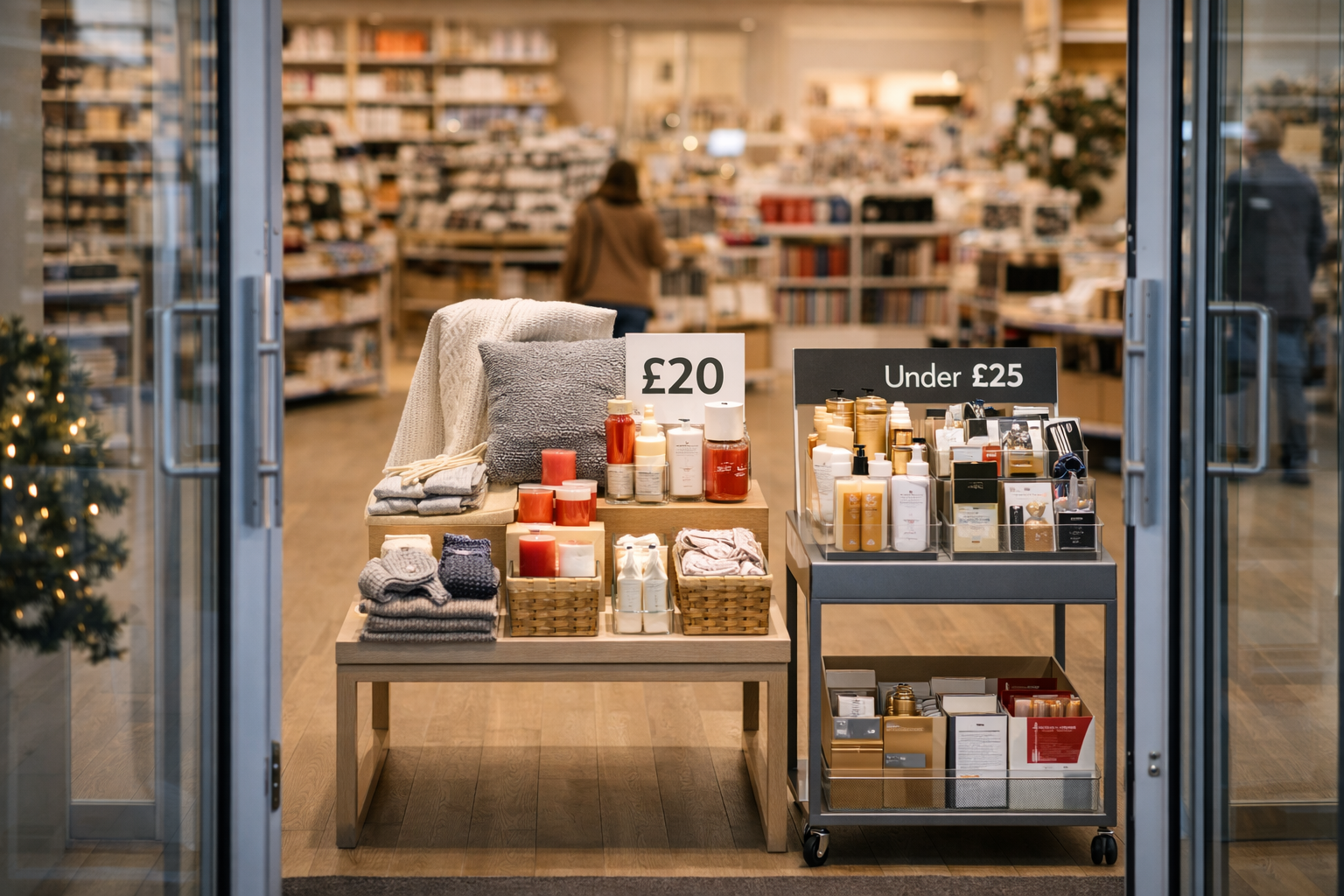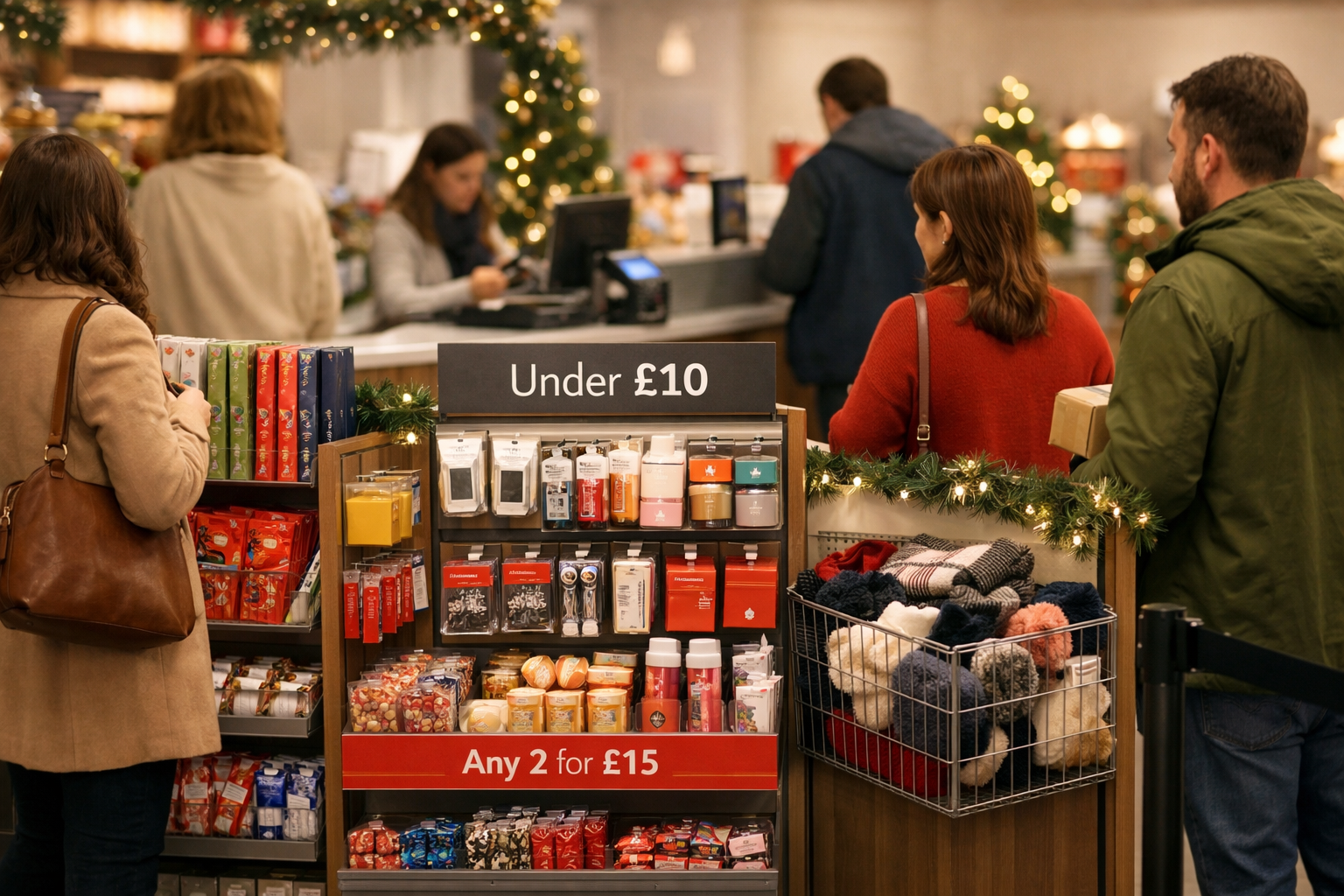The Ultimate Mannequin Buyers Guide: 13 Things You Need to Know
Posted On: May 29, 2024 By: blueprint_admin

Choosing the right mannequins for your shop is crucial to create the striking visuals that set you aside from your competition. This guide covers a host of advice to help mannequin buyers make an informed decision, with 13 things about mannequins that you need to know.
What Mannequin Buyers Need to Know
1. Types of Mannequin
Let’s start with the basics. Mannequins come in various types, including realistic, abstract and headless forms.
- Realistic mannequins resemble human features and are often used in high-end fashion shops to display clothing with lifelike accuracy.
- Abstract mannequins, with their simplified features, are ideal for modern and contemporary settings, providing a clean and artistic look.
- Headless mannequins, on the other hand, focus solely on the clothing without drawing attention to facial features, making them versatile for a wide range of display environments.
Within that there are sports mannequins, child mannequins, animal mannequins and so many more!
2. Purpose
If you’re looking to use mannequins in your displays, you need to define the primary purpose of your mannequins.
Are they for displaying seasonal outfits, special promotions or general decor?
Seasonal displays might require mannequins that can be easily dressed and redressed, while mannequins used for promotions should be eye-catching and strategically placed to attract attention.
Understanding the purpose helps in selecting mannequins that meet your display goals and enhance the shopping experience.
3. Customer Demographics
Consider your target customers. Different age groups and genders may respond better to different types of mannequins. For instance, younger audiences might appreciate more trendy and modern mannequins, while older customers might prefer classic and sophisticated forms.
Tailoring your mannequins to reflect the preferences of your customer base can create a more relatable and engaging shopping environment.
4. Brand Image
Your mannequins should reflect your brand’s image. High-end stores may prefer realistic mannequins for a classic look, for example.
Choosing your mannequins based on your brand’s identity is essential to bring all the elements of your displays together and appeal to your target. Your brand is so powerful in bringing customers back again.
5. Style
The style of your mannequins needs to fit the clothes that they are going to wear. You wouldn’t put a javelin-throwing mannequin in a comfy cardigan and cord trousers, would you?
Think about what they are going to wear and what suits that aim the best.
6. Moving/Static
Decide between moving (articulated) and static mannequins. Moving mannequins are versatile for dynamic poses, adding a sense of motion and realism to your displays. They are particularly useful for activewear or fashion brands that want to showcase the flexibility and fit of their products.
Static mannequins, being more sturdy and straightforward, are ideal for stable displays and high-traffic areas where durability is essential. It won’t matter as much if they are bashed into once or twice.
7. Bust, Form, Full Body
Select between busts, torsos and full-body mannequins based on your display needs.
Busts are great for displaying tops, accessories and jewellery. They provide a focused display area that highlights specific parts of an outfit.
Forms, which include partial or full torsos, are excellent for showing the fit and structure of tops and dresses.
Full-body mannequins are the most versatile, allowing you to display complete outfits including footwear and accessories, providing a comprehensive look at how the entire ensemble fits together.
8. Material
Mannequins are made from a range of materials, including fibreglass, plastic and metal.
- Fibreglass offers a more realistic look and can be moulded into detailed shapes, making it ideal for high-end displays.
- Plastic mannequins are lightweight, durable, and cost-effective, suitable for stores that frequently change displays.
- Metal mannequins, often used in industrial or modern settings, provide a unique, artistic aesthetic.
9. Colour
Choose a colour that complements your store’s decor and highlights your merchandise. Neutral colours like white, black and beige are versatile and ensure that the focus remains on the clothing.
Bold colours can be used to make a statement or to match specific themes within the store. Consider the lighting and overall colour scheme of your store to select mannequins that enhance the visual appeal without overshadowing the products.
10. Weight
Consider the weight of the mannequins. Heavier mannequins are stable and less likely to tip over, making them suitable for busy areas or shops with frequent customer interaction. However, they can be cumbersome to move and rearrange.
Lighter mannequins are easier to handle and reposition, ideal for stores that regularly update their displays. Balancing stability with ease of movement is the key to effective visual merchandising with mannequins.
11. Maintenance and Durability
Opt for mannequins that are easy to clean and maintain. Mannequins within reach of customers or those frequently handled by staff need to be durable and resistant to wear and tear.
Fibreglass mannequins may require careful handling to avoid chips and cracks. Plastic mannequins are more resilient and easier to clean, making them a practical choice for busy retail environments.
Regular maintenance ensures that your mannequins continue to look their best and effectively display your merchandise.
12. Budget
Set a budget to spend on your mannequins. While high-end mannequins can be expensive, you gain a great look and durability within that cost. There are budget-friendly options available that still provide good quality and style, though.
Consider the long-term value and frequency of use when allocating your budget. Investing in durable mannequins might be cost-effective in the long run, especially for stores with high display turnover.
Another option is to hire mannequins when you need them. This works well for pop-up shops, people who sell at shows around the country and many others.
13. Storytelling Ability
Use mannequins to tell a story or create a theme in your store. Position them in ways that depict real life scenarios to engage customers. For example, mannequins posed in active stances can highlight sportswear, while those styled for a night out can showcase evening wear.
Storytelling through mannequins helps create an emotional connection with customers, making the shopping experience more immersive and memorable.
Why Use Mannequins?
Mannequins attract attention, enhance the customer experience, and can significantly boost sales by showcasing how items look when worn. They provide a three-dimensional perspective on how clothing fits and moves, helping customers visualise themselves in the products. Mannequins also serve as silent salespeople, drawing customers into the store and guiding them towards specific merchandise.
If you want help finding the right mannequin for your business, talk to our experienced and professional team today. Call 0800 0223237.
Latest Posts
- The Art of the Entrance: Focal…
- Stress-Free Store Swaps: Fast Ways to…
- Queue Zone Magic: How Small Add…
- Creating Urgency: How Limited-Time Displays Drive…
- Managing the Mayhem: Retail Logistics That…
- Black Friday Ready: Visual Merchandising Tips…
- Behind the Scenes: How Efficient Display…
- The Power of Presentation: Gift Packaging…
- Creating Festive Window Displays That Stop…
- How to Prepare Your Store for…



